In modern farming, data-driven decisions are essential for increasing crop yield, minimizing losses, and improving overall farm productivity. This is where crop analysis software comes into play. These digital tools help farmers monitor crop health, predict yields, detect pests and diseases, and manage resources efficiently.
To help farmers and agribusinesses make informed decisions, we’ve compiled a list of the 10 best crop analysis software for 2025. Let’s explore the features, benefits, and applications of each tool.
Table of Contents
ToggleBest Crop Analysis Software
1. Croptracker
Best for: Fruit and vegetable growers
Croptracker is a comprehensive farm management software designed specifically for fruit and vegetable growers. It provides solutions for:
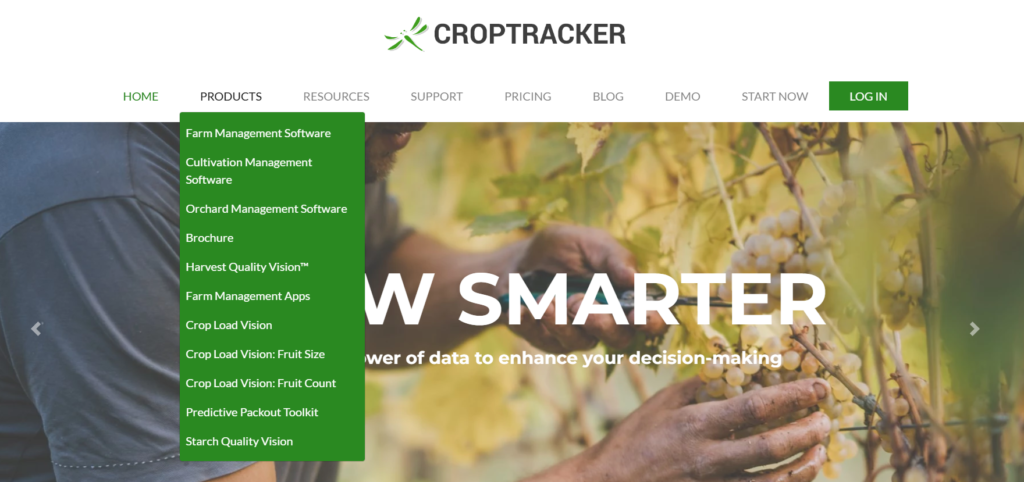
Record keeping: Helps maintain accurate records of farm activities.
Labor and production costs: Tracks expenses to ensure cost-effective farming.
Traceability: Ensures compliance with food safety regulations.
In addition to these core features, Croptracker allows farmers to track pesticide and fertilizer applications, helping them stay compliant with agricultural standards. The platform also integrates seamlessly with mobile devices, enabling on-the-go data entry and real-time updates.
For farms that export produce, Croptracker’s traceability feature is invaluable in meeting international standards and certifications. With detailed analytics and customizable reports, growers can gain insights into their operations and make informed decisions to boost profitability.
2. Bitwise Agronomy
Best for: Visual crop analysis
Bitwise Agronomy leverages advanced imaging technology to capture footage of crops and analyze:
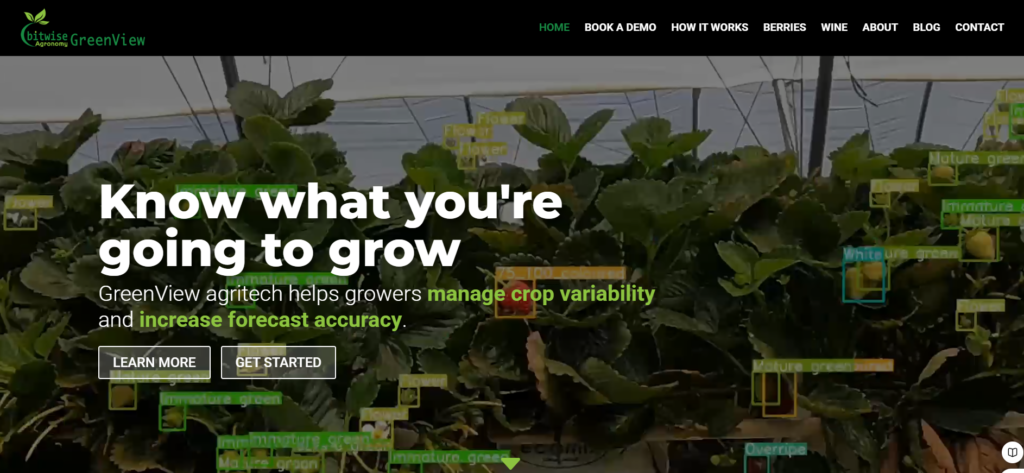
- Plant growth
- Ripeness levels
- Disease presence
What sets Bitwise Agronomy apart is its ability to provide high-resolution images and video analytics. The software uses machine learning algorithms to identify early signs of disease or pests, enabling farmers to take preventive actions before the problem escalates.
Additionally, Bitwise Agronomy supports integration with drones and other aerial imaging devices, making it ideal for large-scale farms. By providing actionable insights through visual data, farmers can optimize harvest timing, reduce waste, and improve overall crop quality.
3. Cropwise
Best for: Satellite-based crop monitoring
Cropwise is a digital platform that uses satellite imagery and data analytics to:
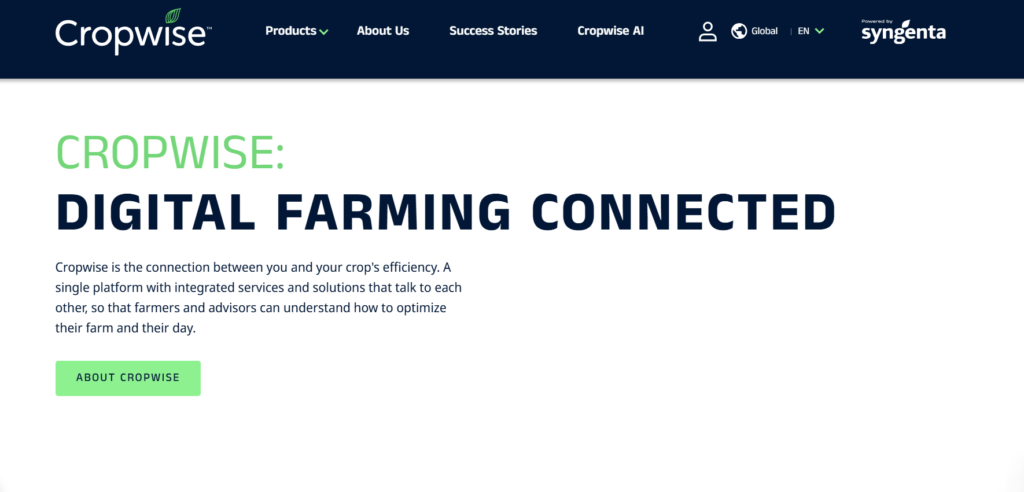
- Monitor crop health
- Assess environmental conditions
- Optimize farming practices
Cropwise offers a range of tools for remote sensing, allowing farmers to monitor vast agricultural lands without physically being present. The platform provides detailed vegetation indices, soil moisture levels, and weather forecasts, enabling precision farming. Cropwise’s user-friendly interface makes it easy for farmers to visualize data and make timely decisions.
Moreover, the platform offers predictive analytics, helping farmers anticipate potential risks and mitigate them effectively. Whether you’re managing a single farm or multiple fields across regions, Cropwise is a powerful tool for remote farm management.
4. AgrometShell
Best for: Crop yield forecasting
AgrometShell is specialized software designed for:
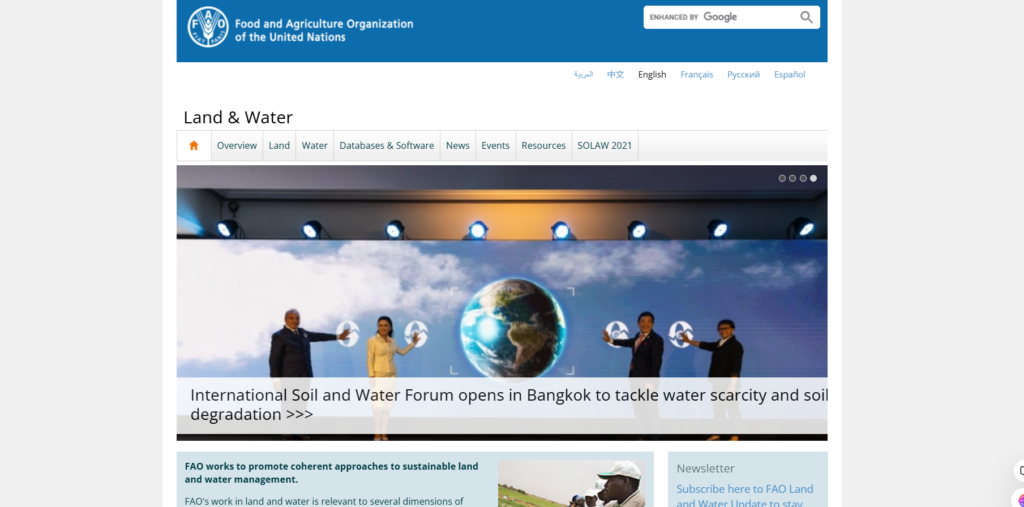
- Yield forecasting: Helps predict harvest outcomes based on weather and environmental data.
AgrometShell uses advanced algorithms to analyze historical weather data, soil conditions, and crop growth patterns. This predictive approach allows farmers to plan better, allocate resources efficiently, and reduce post-harvest losses.
Additionally, AgrometShell supports integration with meteorological data sources, providing real-time weather updates that can impact yield outcomes. Farmers can use the software to model different scenarios, helping them prepare for adverse conditions and ensure better risk management.
GIS DICTIONARY
Unlock the power of geographic knowledge with the GIS Dictionary, a comprehensive, easy-to-understand resource designed for students, professionals, and enthusiasts in the field of Geographic Information Systems (GIS). Whether you're just beginning your GIS journey or you’re an experienced surveyor or cartographer, this dictionary is the perfect companion to help you grasp complex terms, acronyms, and concepts with ease.
Key Features:
✅ Over 1,500 GIS Terms – Clear, concise definitions of essential GIS terminology.
✅ Cross-References for Better Understanding – Easily connect related terms for deeper learning.
✅ Illustrative Diagrams & Examples – Visual aids to help you comprehend difficult concepts quickly.
✅ User-Friendly Format – Designed for quick lookup, making it a go-to tool for everyday GIS tasks.
✅ Updated with the Latest Industry Trends – Stay current with evolving GIS technologies and methodologies.
Who is it for?
- Students: Simplifies the learning process for those new to GIS.
- Professionals: A handy reference for surveyors, geographers, urban planners, and GIS analysts.
- Researchers: Enhances your work with accurate, up-to-date GIS vocabulary.
5. ASReml
Best for: Statistical crop modeling
ASReml is a powerful statistical software that uses Residual Maximum Likelihood (REML) for:
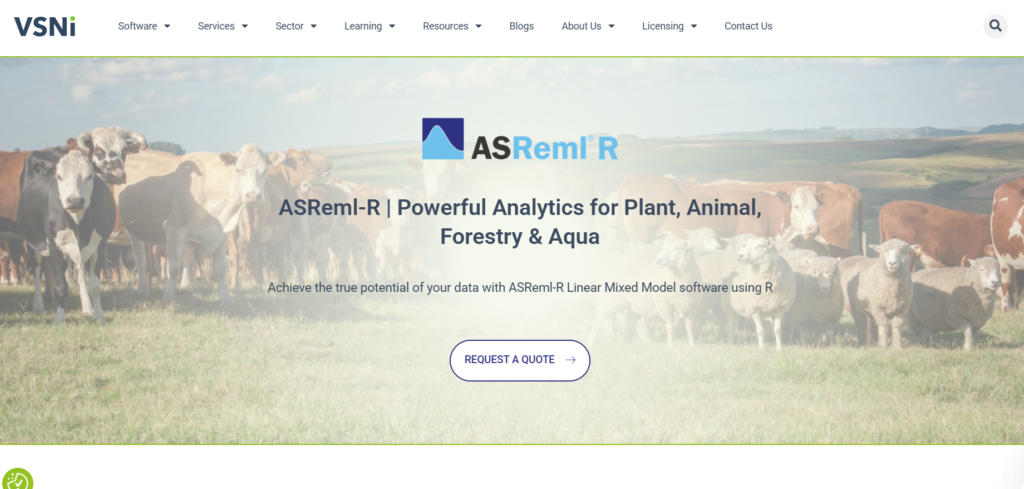
- Mixed model analysis
- Agronomic research
ASReml is widely recognized in the research community for its robust data analysis capabilities. It supports a wide range of statistical models, including linear mixed models, which are essential for genetic and agronomic studies.
Researchers can use ASReml to analyze complex datasets, conduct variance component estimation, and improve crop breeding programs. The software’s flexibility and precision make it a top choice for agricultural scientists and researchers aiming to enhance crop yield and resilience through data-driven insights.
6. Taranis
Best for: AI-powered crop intelligence
Taranis combines AI technology with expert agronomy to provide:
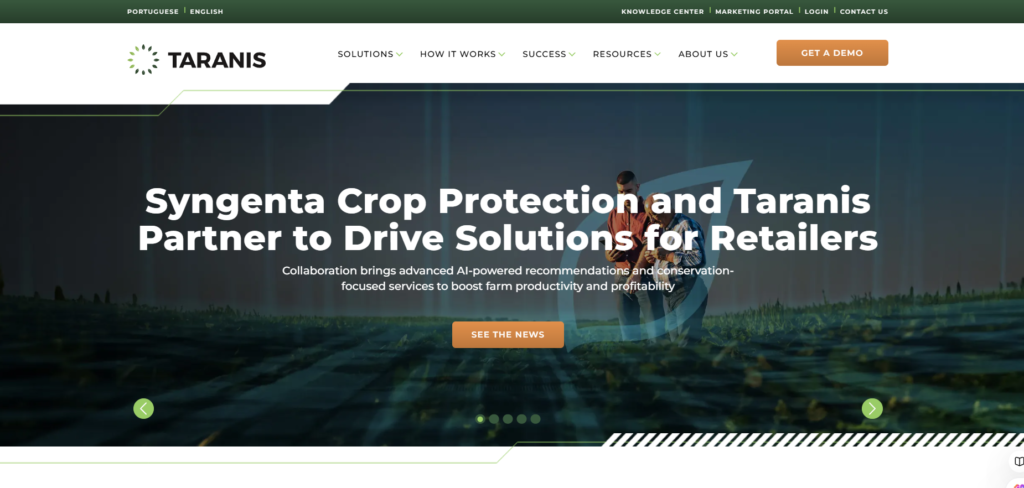
- High-resolution aerial imagery
- Pest and disease detection
- Precision farming insights
Taranis stands out for its ability to deliver ultra-high-resolution images at a rate of up to 0.3mm per pixel, capturing even the smallest details of crops. The software’s AI-driven analysis helps detect early-stage issues such as nutrient deficiencies, pest infestations, and fungal diseases.
Farmers can use Taranis to plan targeted interventions, reducing the need for broad-spectrum pesticide applications. With its robust reporting tools, Taranis empowers farmers to improve yield, cut costs, and adopt sustainable farming practices.
7. Agremo
Best for: Image data analysis
Agremo uses artificial intelligence, machine learning, and computer vision to:
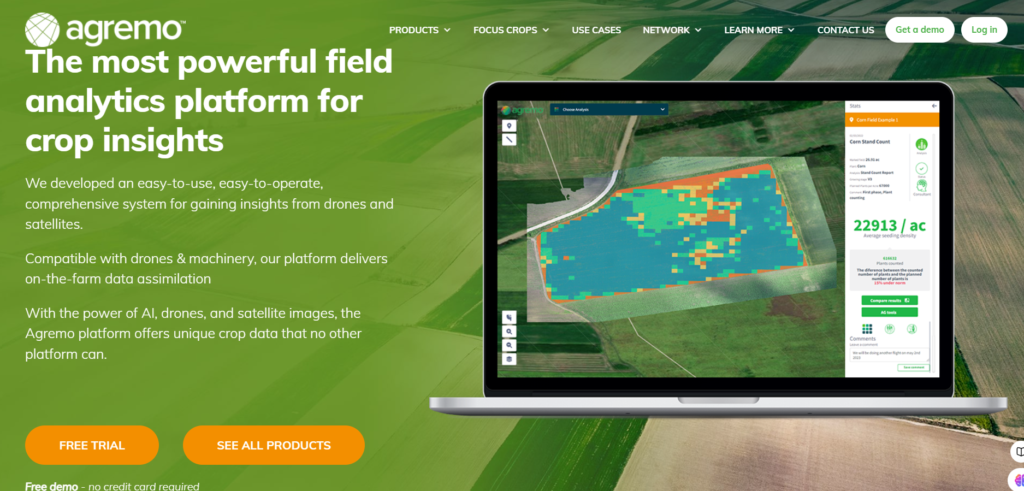
- Identify patterns in image data
- Classify and quantify crop conditions
Agremo’s unique selling point is its ability to analyze aerial imagery collected by drones or satellites and provide detailed reports on plant density, health, and stress levels. The platform offers customizable analysis options, enabling farmers to focus on specific areas of interest.
Agremo also supports multi-crop analysis, making it suitable for diverse farming operations. By providing precise data, Agremo helps farmers reduce input costs, increase efficiency, and improve overall farm profitability.
8. ENVI Crop Science
Best for: Spectral data analysis
ENVI Crop Science specializes in analyzing spectral and spatial data from imagery to:
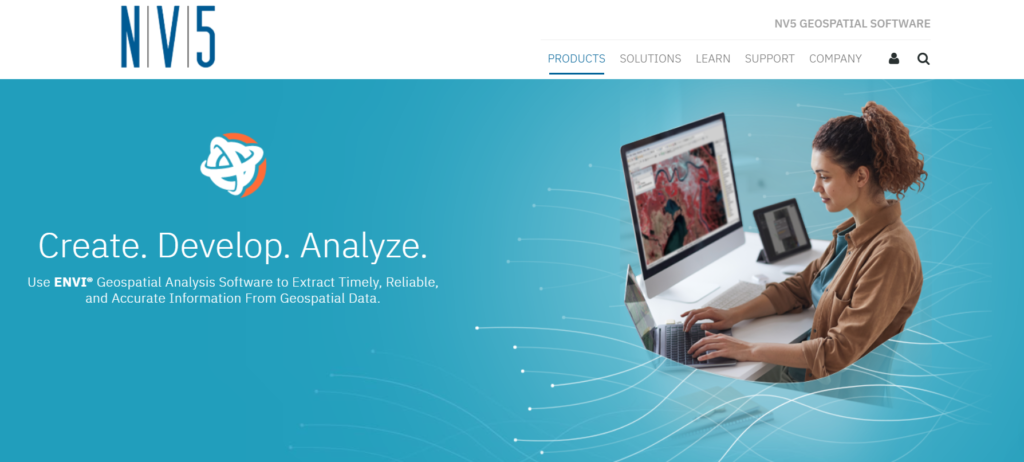
Provide detailed crop health information
ENVI Crop Science is designed for advanced users who require detailed spectral analysis of crops. The software supports data from various sensors, including multispectral and hyperspectral cameras.
Farmers and researchers can use ENVI Crop Science to detect stress factors, nutrient deficiencies, and water needs at an early stage. The software also offers predictive modeling, helping users forecast crop performance under different conditions. With its powerful analytical tools, ENVI Crop Science is ideal for precision agriculture and research.
9. CropX
Best for: Soil and plant health monitoring
CropX is a digital farm management system that focuses on:
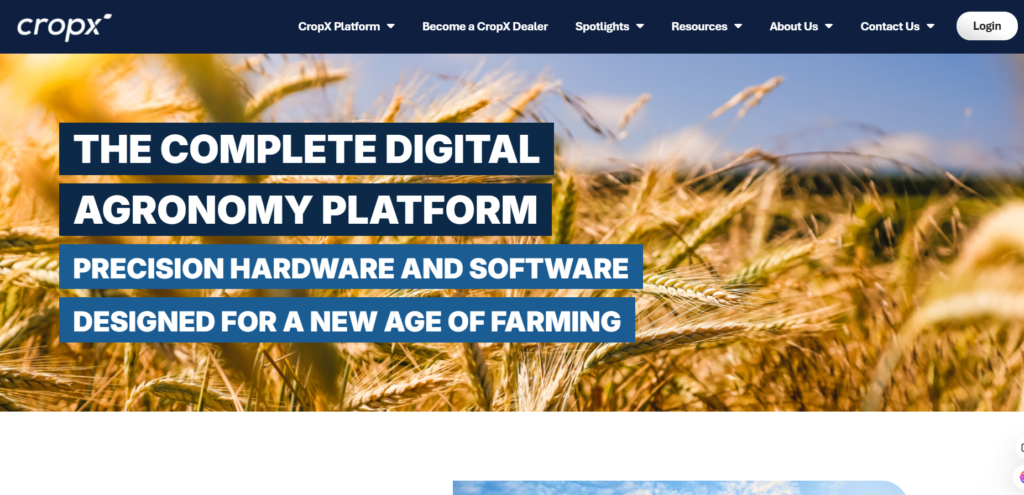
- Soil health
- Irrigation management
- Disease and nutrition monitoring
CropX combines IoT sensors with cloud-based analytics to deliver real-time insights into soil and crop conditions. The platform’s irrigation management feature helps farmers optimize water usage, ensuring sustainable farming practices.
Additionally, CropX offers disease prediction models, enabling proactive measures against potential outbreaks. With its comprehensive approach to farm management, CropX helps farmers improve yield, reduce waste, and increase profitability.
10. Launchpad.Ag
Best for: Farm operation efficiency
Launchpad.Ag offers a suite of tools for:
- Task management
- Resource allocation
- Field activity tracking
Launchpad.Ag streamlines farm operations by offering a centralized platform for managing tasks and resources. Farmers can assign tasks to workers, track progress, and analyze field activities in real time.
The software also supports inventory management, ensuring that farmers have the necessary inputs when needed. With its user-friendly interface and robust functionality, Launchpad.Ag helps farmers increase efficiency and reduce operational costs.
Conclusion
The right crop analysis software can be a game changer for modern farming. Whether you’re a small-scale grower or managing a large agricultural enterprise, these tools can help you increase efficiency, reduce risks, and maximize profits.
When choosing the best crop analysis software, consider your specific needs, farm size, and budget. With options ranging from AI-driven platforms to satellite-based monitoring, there’s a solution for every type of farmer.
By leveraging these digital tools, you can stay ahead of the curve in 2025 and beyond, ensuring sustainable and profitable farming practices.
FAQs
1. What is crop analysis software?
Crop analysis software helps farmers monitor and manage their crops by providing insights on crop health, yield forecasting, pest detection, and more.
2. Which crop analysis software is best for beginners?
Croptracker and Cropwise are great options for beginners due to their user-friendly interfaces and comprehensive features.
3. Can I use crop analysis software on any type of farm?
Yes, most crop analysis software solutions are designed to work with various types of farms, including fruit, vegetable, and grain farms.
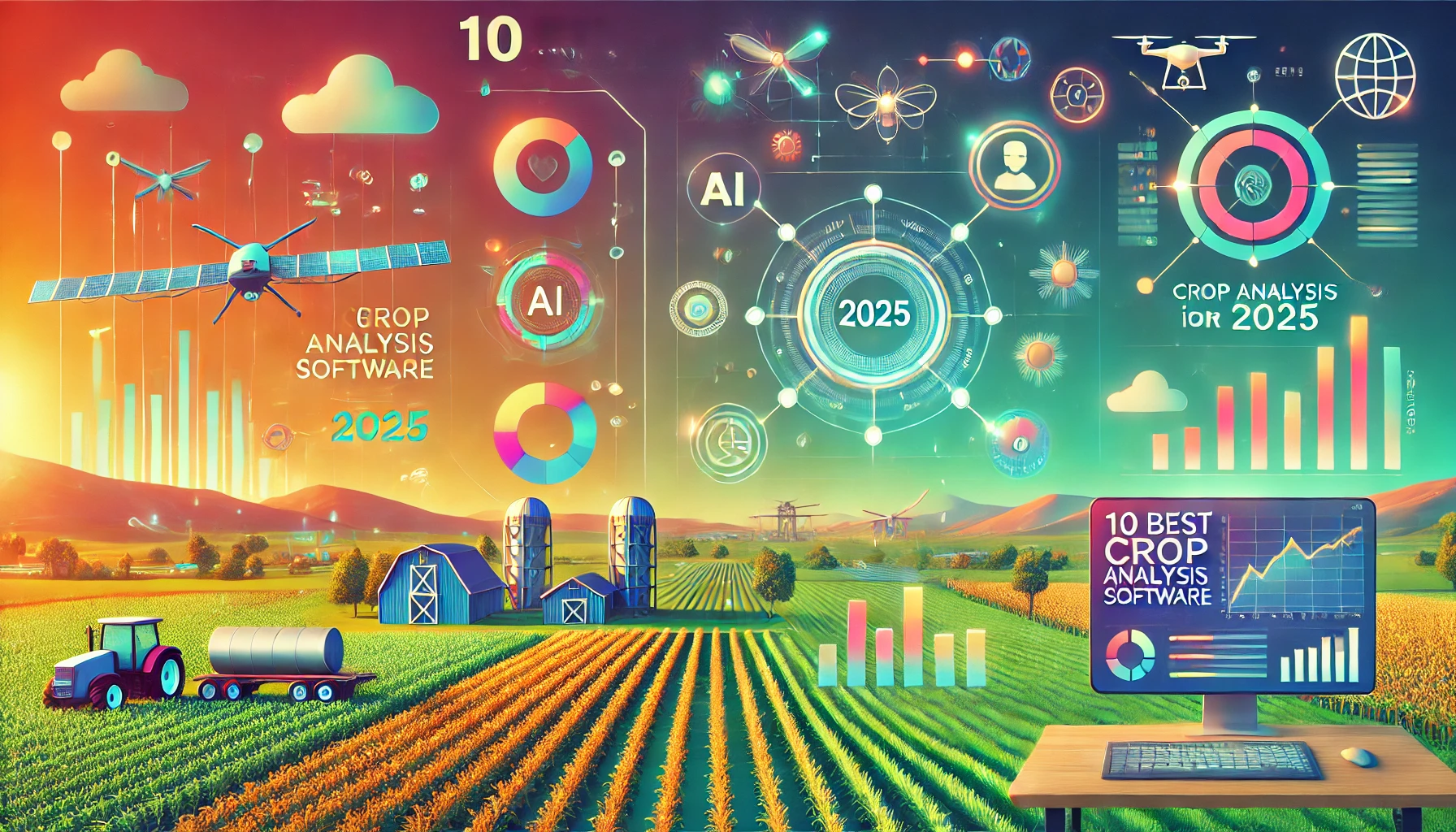
1 thought on “10 Best Crop Analysis Software for 2025”